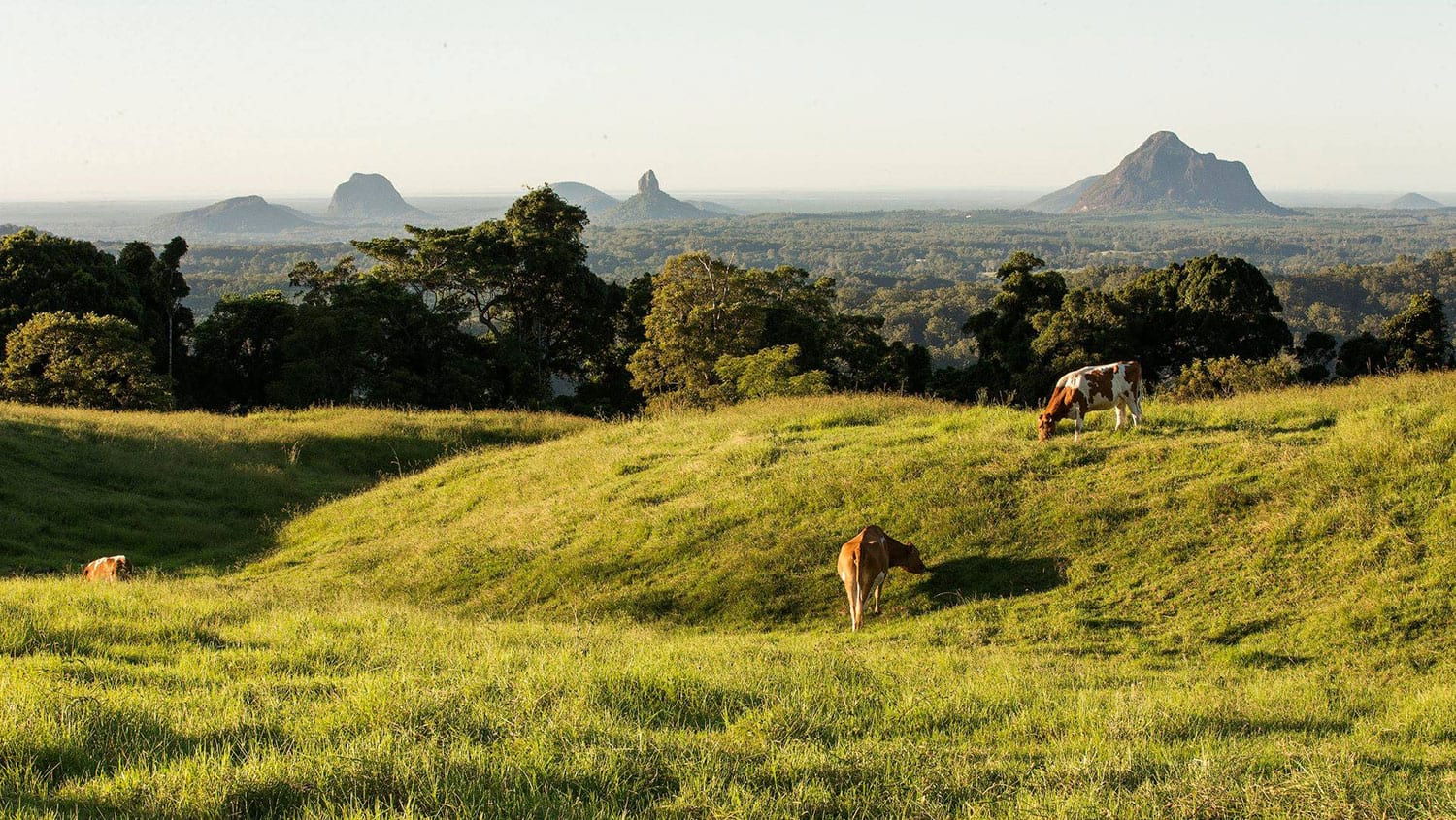In putting pen to paper on the subject of “from Paddock to Plate” I have to confess that like Me Too, crowd funding, toxic masculinity, search engine optimisation, butler’s pantries and pelvic floors, I had only the vaguest idea of the concept behind the name of what “from Paddock to Plate” really means.
We live in a digital society where we are bombarded through social media with the latest concepts, fashions and hip words. So often we lack the time to take on board any form of real understanding. It would seem we have achieved the intellectual vibrancy of day time television! We are transfixed on what sort of world will we leave to our children at the expense of what sort of children will we leave to our world.
All of which brings me back to the concept of “from Paddock to Plate” and my ignorance of the thought behind the idea.
Initially you could envisage someone with a shotgun from Goodna stomping across a field in pursuit of aeronautically challenged birds seeking to transform them into puffs of white feathers from which to extract a riddled carcass for consumption at home. A very basic if both noisy and messy concept of from paddock (to pot) to plate and unlikely to be broadly adopted.
It then occurred to me that the essence of the concept might well be the simplicity of it. The idea of going forth at sunrise naked to stalk a lettuce in the kitchen garden, throw yourself upon it, slaughter it and consume for breakfast seemed to have a strong appeal specifically to those vegan and vegetarian herbivores amongst us. On reflection it loses its attraction in not delivering the thrill of the chase as lettuce are not known for their speed across the ground. Vegetables are living things but just easier to catch.
I came to the conclusion that this form of paddock to plate had a limited future as a sole entity. The growing and consumption of vegetables from your garden is certainly very attractive but is limited in its variety. I suspect an over indulgence of root vegetables on their own over an extended period could lead to anti-social outcomes like line dancing. I was once a vegetarian but gave it away when I started leaning towards the sunlight.
Banging a beast on the head in the proverbial back paddock to butcher and eat at home seems to full fill the geographic immediacy of paddock to plate. One minute “Daisy” is out there loved and pampered doing her reflective bovine thing and the next, somewhat unfairly, she’s in cry vac in the freezer. It would seem that the concept has an element of minimising processing, transport and preparation. Clive James appears to have succinctly summed this up when asked at a famous restaurant how he would like his steak shot back “Just knock off its horns and wipe its arse!”
Thus I was somewhat confused. There seemed to be any number of answers to the concept of “from paddock to plate”. To arrive at a conclusion was about as difficult as mustering cats.
I then had a “Road to Damascus” moment. I should seek help from our local oracle on all things food, Rob Outridge who owns and operates the brilliant Supermarket in Maleny.
Rob was as anticipated patient, lucid and helpful. He explained it was all about being as close as possible to the grower or producer. This reduces the lunacy of avoidable transport costs. He has a retail mate in Bowen who found he was buying Bowen tomatoes from the Brisbane Markets and bringing them back up to Bowen to sell. These tomatoes were doing the round trip and will now certainly have enough frequent flyer points for a seven day escorted coach holiday in Portugal. Bowen tomatoes should be re-named “Grey Nomads” as they spend most of their time on the road.
It is of course all about freshness. When you pick or harvest a product it starts to die. The speed at which you get it to market determines the degree of death. If you are sourcing locally your product will be fresher and with less product loss due to spoilage and most importantly less transport costs and thus the price will be lower and the quality will be higher. The money stays in the local area and you are dealing with friends. The longer term underlying story is about sustainability.
Rob is proof positive that our hinterland growers, producers and retailers understand and practice this concept. So there you have it, the real story behind “from paddock to plate”.
If at the next P & C function some bright digitally self-absorbed young parent speaks in support of the truly daft fad of teaching feminist, gender and post- colonial theories to primary school children jump in smartly with your proverbial Bowen tomatoes and blow them away with the conceptual beauty and practicality of “from paddock to plate”. Oh and do please mention the Sunshine Coast Hinterland as a destination to experience it for yourself!
Article written by Angus Richard and published for Feb/Mar Edition of Come on Up
Header image Maleny Dairies cows have the best views!



